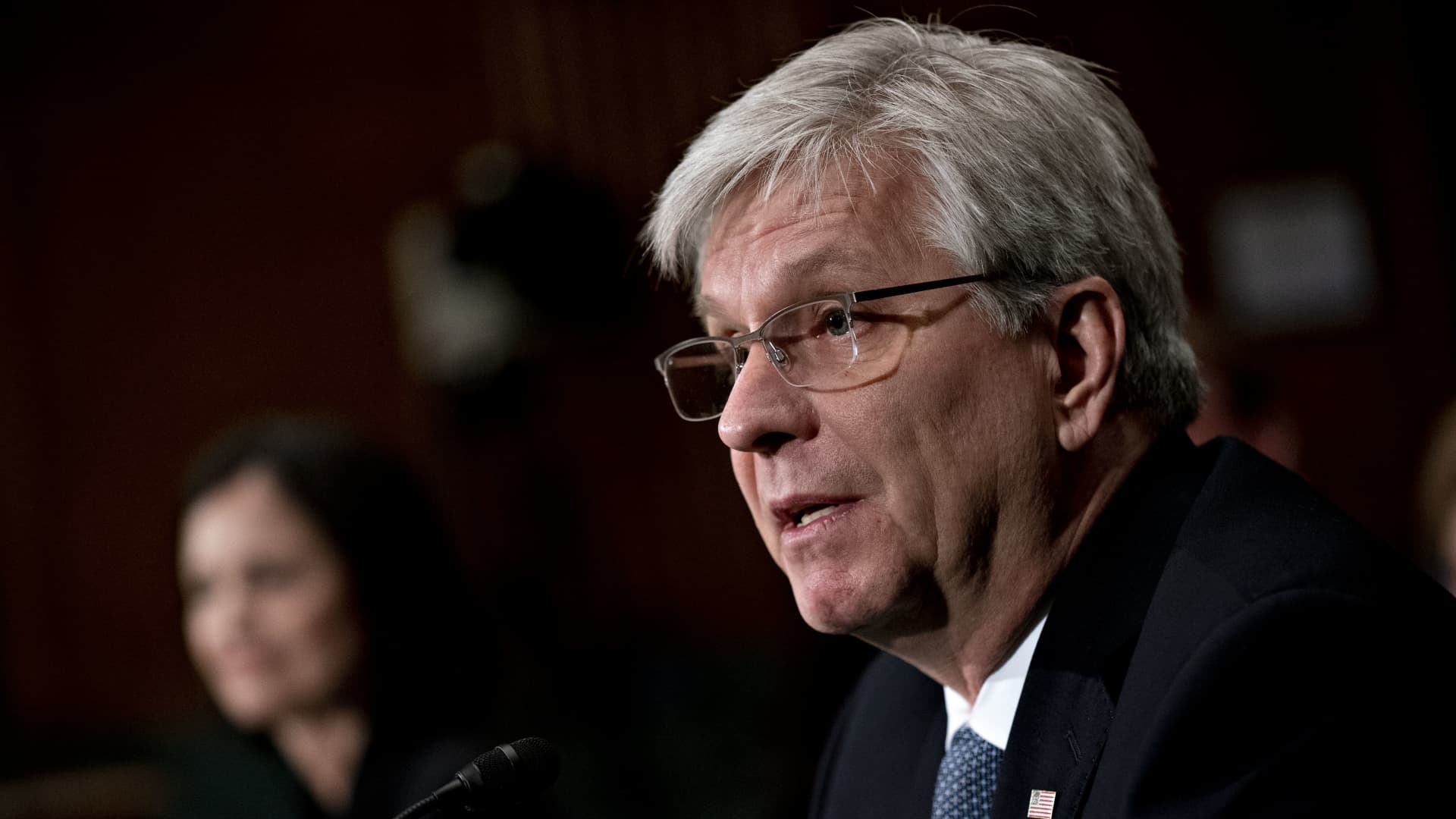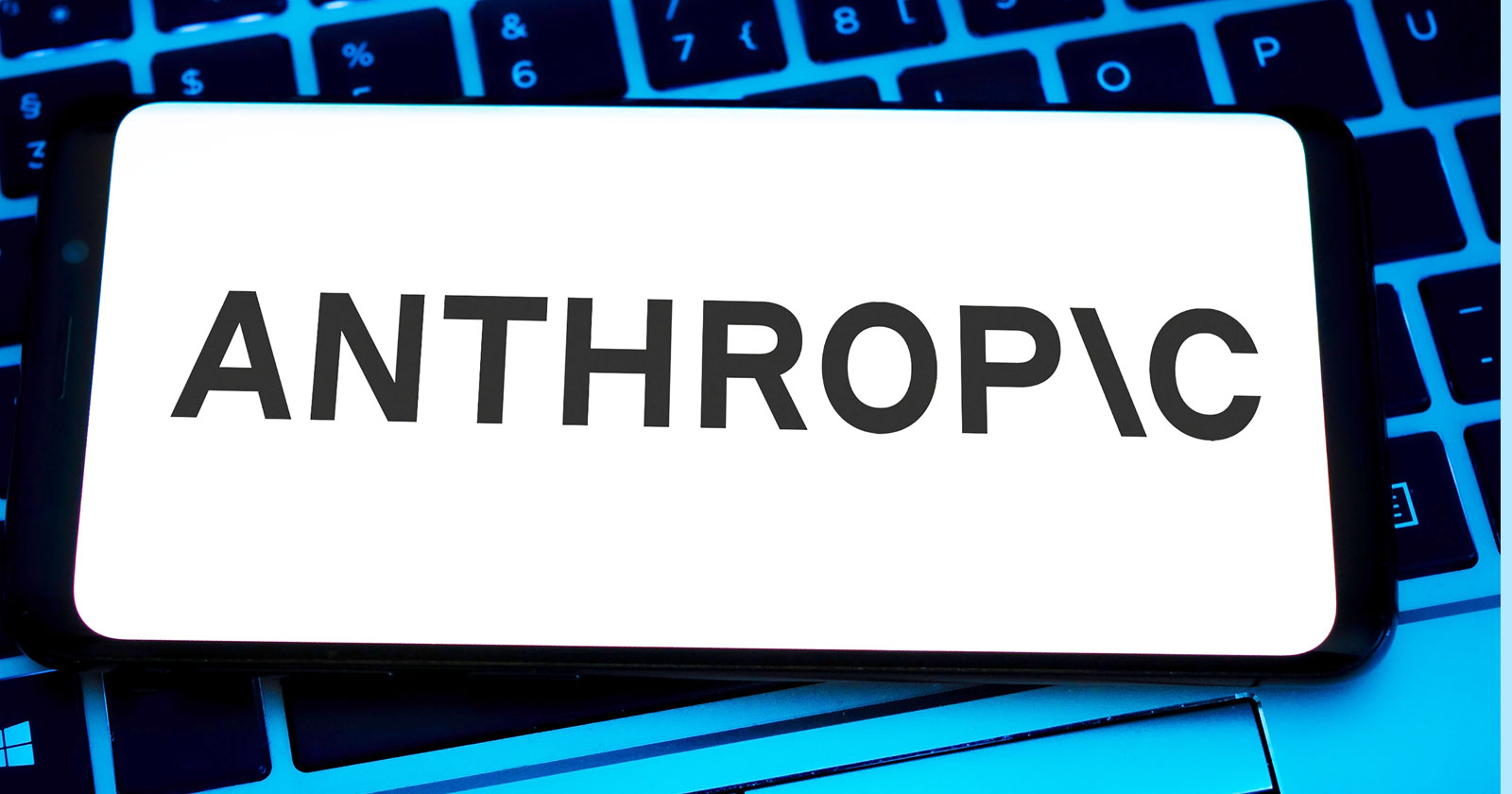Are lower-income Americans paying for wealthy consumers' credit card rewards? Some economists say they are
Who pays for your credit card rewards? Some economists say there's an annual redistribution of more than $15 billion from lower-income to wealthier Americans.

Have you ever gotten a free flight because of your Delta SkyMiles card? Or maybe you get the advantage of walking through the quick TSA PreCheck line at the airport instead of waiting on the typically very long general security line because of your Capital One Venture Rewards Card.
About 90% of all credit card spending is on rewards cards. If you play the game right and maximize your rewards, you could save at least a few hundred dollars every year.
"We have created an ecosystem where we have kind of essentially been giving a drug to the consumer, which is these rewards cards," said Sumit Agarwal, a finance professor at the National University of Singapore. "And the reason we keep giving this drug is we know it's highly profitable and we know the consumer is addicted to it."
More from Personal Finance:
5 ways to start paying down credit card debt
Does America's credit habit make a recession inevitable?
What to do as credit card rates keep climbing
In 2019, in return for all the spending on these types of credit cards, the largest U.S. banks paid out nearly $35 billion in rewards. But where's that money coming from?
In that same year, banks reported more than $140 billion in revenue from all credit cards. That is from three main revenue sources: $9.9 billion in fee income, $89.7 billion in interest income and $41.3 billion from interchange, or swipe, fees. More than half of that revenue comes from rewards credit cards, according to Agarwal.
Agarwal and other economists, in a study, concluded the rewards credit card system creates an estimated annual redistribution of more than $15 billion from less to more educated, poorer to richer, and high- to low-minority areas — widening existing disparities. That means there's $15 billion that could be distributed in a different way to achieve greater equality.
"Low FICO [credit score] customers are essentially spending so much more on these reward cards to get access to the rewards, which is only 2% or 3% of the total value of the spending, that they accumulate debt and that debt accumulation causes ... this huge interest payment that is going to the bank," Agarwal said.
"It's also going to the high FICO score customers, because these high FICO score customers are only using these rewards but not accumulating any debt," Agarwal said.
"So they are being cross-subsidized in the process of using their reward cards," he added.
But Andy Navarrete, executive vice president and head of external affairs at Capital One, said there is no cross-subsidization and that rewards cards at the bank are designed to be independently profitable.
We have created an ecosystem where we have kind of essentially been giving a drug to the consumer.
Sumit Agarwal
finance professor at the National University of Singapore
"While there are certainly customers who choose to borrow on their credit cards, that is not typically the revenue streams that are funding rewards cards," Navarrete said.
"The flawed premise behind this study was that those who are carrying balances and therefore paying interest are actually cross-subsidizing or, you know, contributing to the profitability of rewards programs overall," Navarrete added.
"That is actually not the case," he said.
Watch the video above to learn more.

 JimMin
JimMin 































